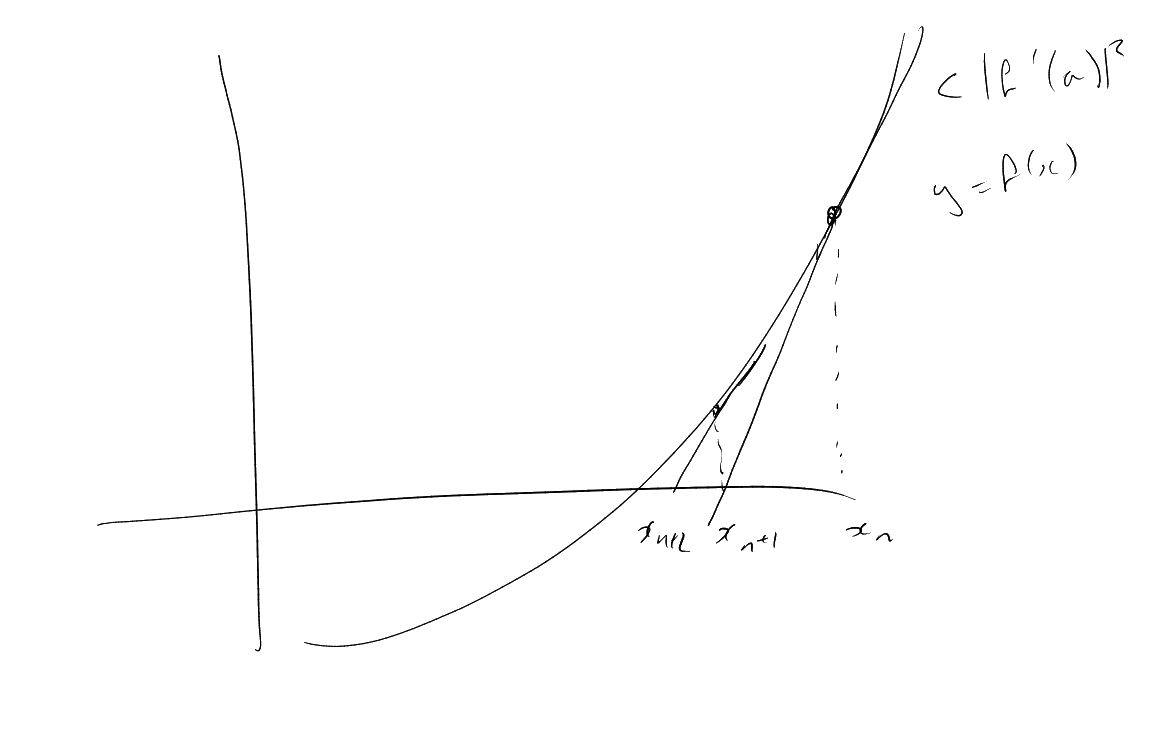4 Hensel’s Lemma
Theorem 4.1 (Hensel’s Lemma version 1). Assuming that:
-
-
-
assume
Proof.
Let
-
(i)
-
(ii)
Take
Now we suppose we have constructed
|
|
Since
|
|
and hence
|
|
by (i).
It follows that
|
|
where
|
|
where
Since
|
|
so (i) holds.
Property (ii) implies that
Moreover, (ii) impies that
This proves existence.
Uniqueness: suppose
|
|
and the ultrametric inequality implies
|
|
But
|
|
Hence
Corollary 4.2.
Let
Proof.
Apply Theorem 4.1 to a lift
Example.
Proof.
Case
We have an isomorphism
|
|
given by
|
|
Case
|
|
Hensel’s Lemma version 1 gives
|
|
Then
|
|
Again using
Remark. Proof uses the iteration
|
|
which is the non-archimedean analogue of the unewton Raphson method.

Theorem 4.4 (Hensel’s Lemma version 2). Assuming that:
-
-
-
-
|
|
in
Proof. Example Sheet 1. □
Corollary 4.5.
Let
|
|
with
Proof.
Upon scaling, we may assume
|
|
Then Theorem 4.4 implies